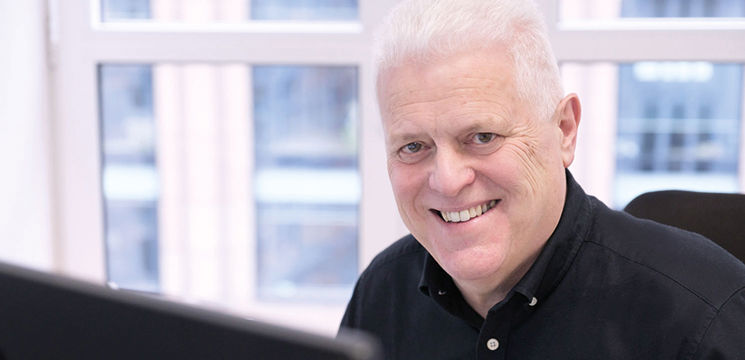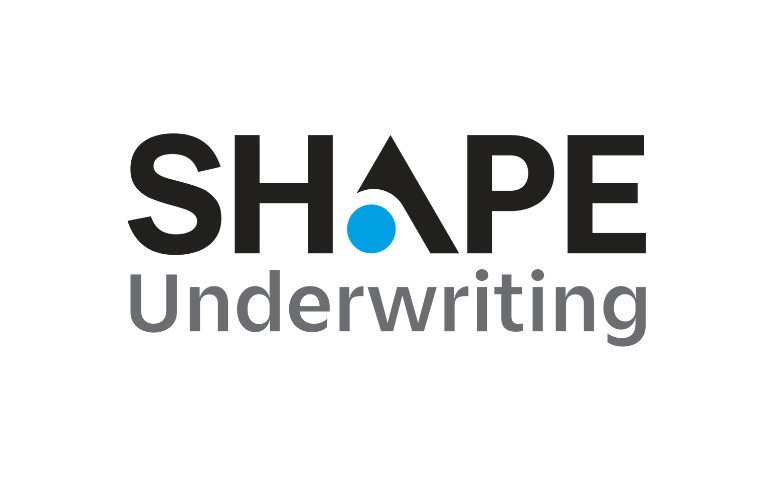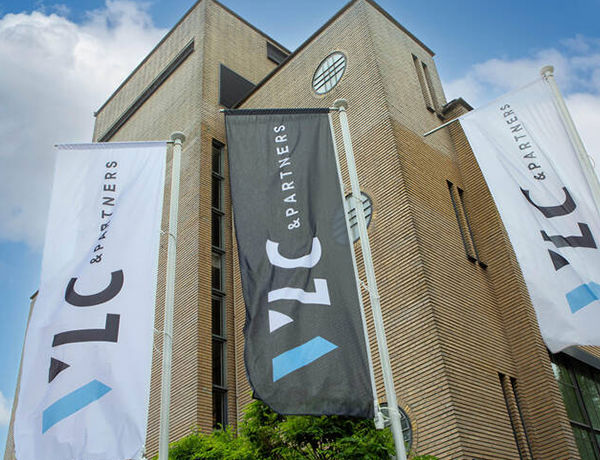He previously ran a family insurance broker, before a stint with a city broker where he learnt how to grow a business through acquisitions.
The appeal of the broking sector, for Howard, is the mix between people skills and problem-solving skills that are required by the industry. The distinctly human element is complemented by an intellectual side, which Howard recognises is quite unique to insurance broking.
This allows him to enjoy time spent speaking with people and creating the strong relationships needed for acquisitions to succeed - relationships which he believes are still a core element to insurance broking.
“I’m in the very lucky position of running a business that I thoroughly enjoy running,” he said, “in a segment which is doing pretty well, with a bunch of people that I love working with.
In its time, Clear has acquired 26 companies, with the most recent being Light & Legal Indemnity Solutions, which provides specialist advice on rights of light insurance - a deal made in alignment with CLEAR’s ongoing strategy of acquiring high quality commercial insurance brokers, especially those with a differentiated proposition (more on that here).
The acquisition was an ideal opportunity for Clear to extend its speciality and complement its current Rights of Light and Legal Indemnity teams, with this niche area of insurance allowing Clear to gain an edge in the market by avoiding competition with thousands of other brokers.
“This is a great opportunity to grow the two businesses together,” he said, “where two and two will make more than four. And pretty much all we’re ever trying to do is to make sure that two and two make four-plus, rather than with a lot of acquisitions where it makes four-minus.”
Howard keeps multiple factors in mind to ensure a positive outcome when making an acquisition, of which several are “hygiene concerns” - ensuring that the numbers add up, and that it’s not a sector where he has little experience. When these are in check, another key focus is the cultural alignments between the two companies.
“When we talk to vendors, we always talk about a stakeholder approach,” he said. “We will say to them, ‘I don’t care about you as a vendor, I care about your customers and I care about your staff. And if, together, we can do a great job for your customers and your staff then you as a vendor will have a very good experience and you’ll get a very good result.’”
This meeting of minds is key to making a deal work, Howard notes, which is why he has zero interest in speaking to somebody who is just looking to take a high multiple and who does not care how the deal gets done. A longer, more sustainable approach is paramount, Howard said; there is no point in adding more business simply for the sake of it.
Clear took on private equity ~18 months ago and has the appetite to double in size every three or four years, which with his measured approach to growth, Howard considers an achievable target. So don’t expect to see Clear taking on 20 acquisitions in a single year and losing control any time soon.
Howard reflects how finding the right business can be a little bit like waiting for a bus, in that you can wait for ages and then suddenly many arrive at once. “You simply have to go with the flow,” Howard states, with Clear's quickest deal having taken less than three months to complete, while another took 16 years.
“We are very keen to grow, and we think there’s a place for what we do because of the way that we approach acquisitions. We are different to some of the more industrial acquirers for whom acquisitions are largely a numbers game, and we try to differentiate ourselves from the bigger consolidators because of the way that we treat people.”
Interview originally conducted by Mia Wallace of Insurance Business UK here.







